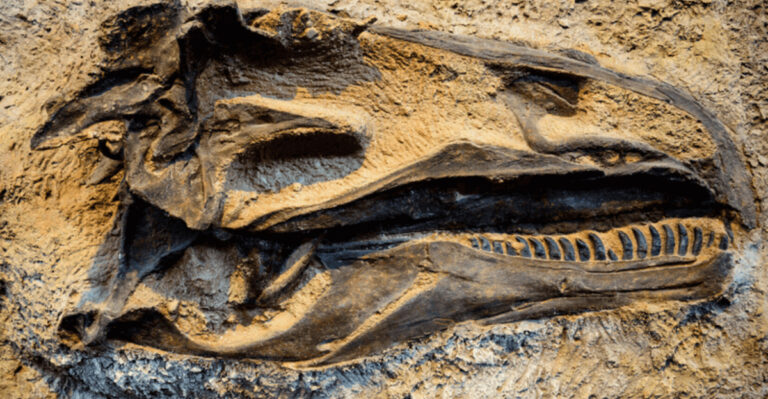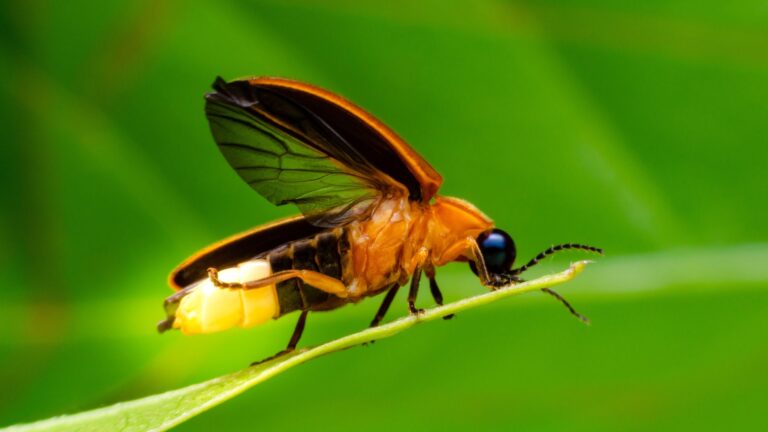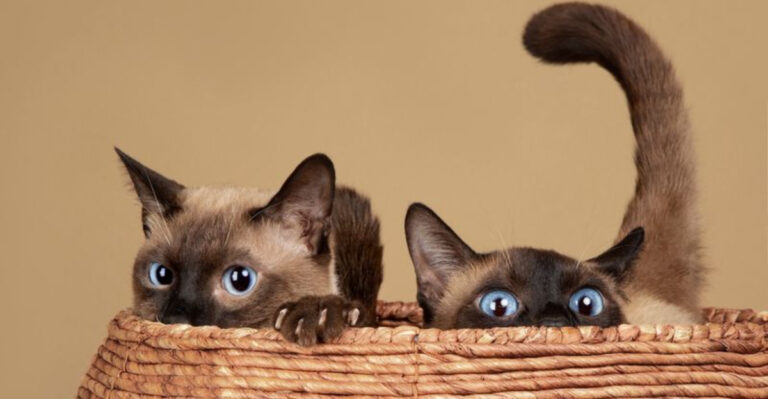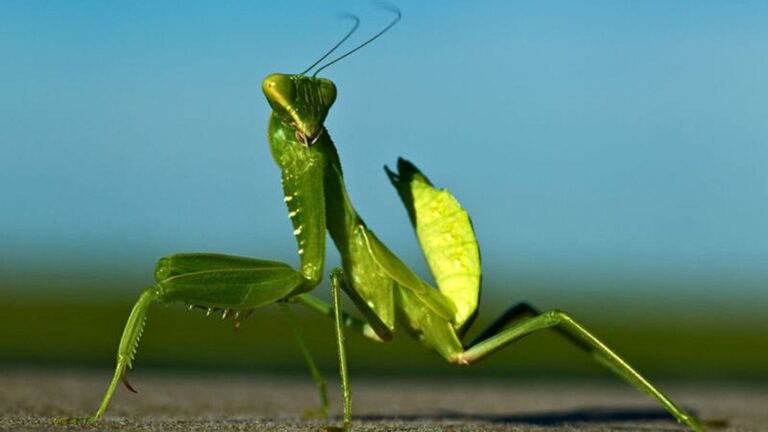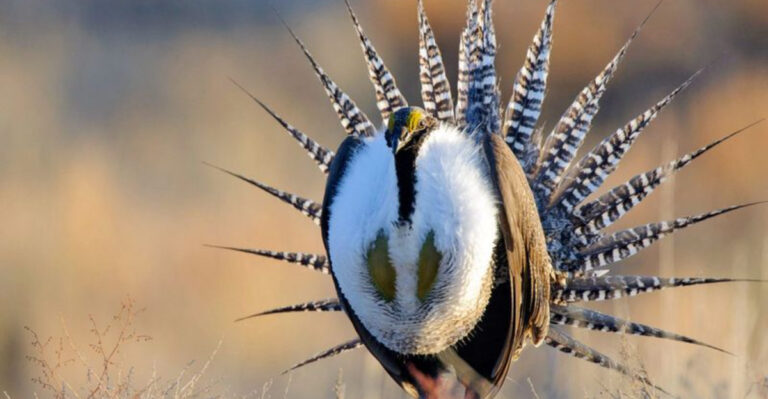14 Key Things To Know Before Keeping Oranda Goldfish
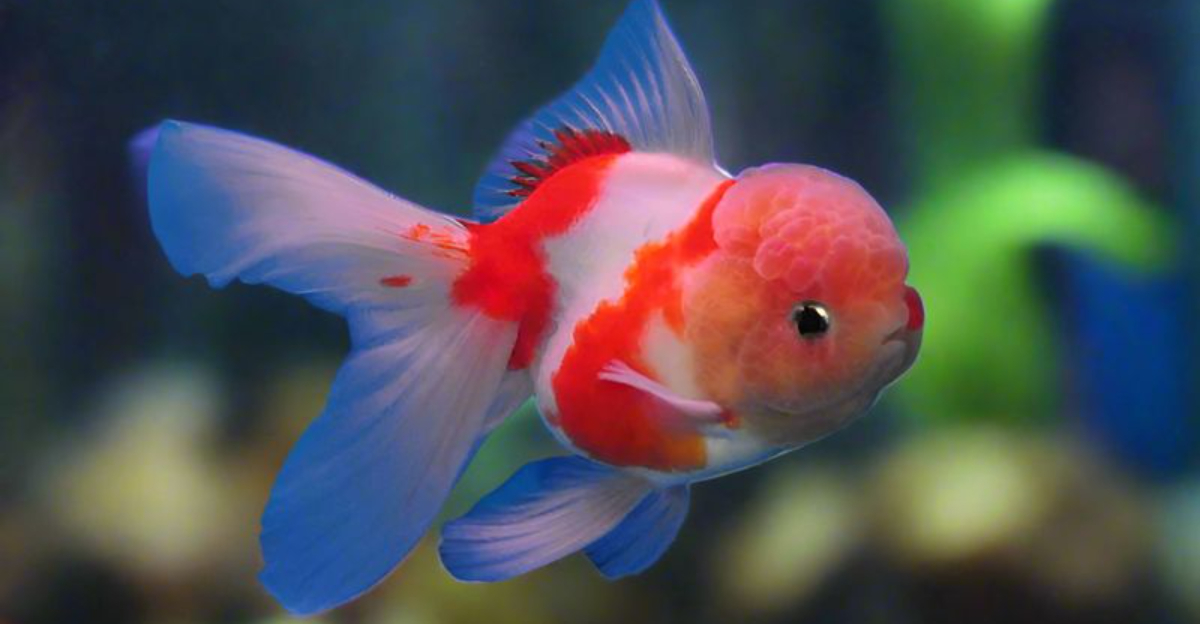
Imagine a living jewel with a bubbly hood on its head, swimming gracefully in your aquarium. Oranda goldfish are fancy varieties that captivate with their distinctive headgrowth called a ‘wen.’
Before bringing these charming aquatic pets home, there are crucial things you should understand to keep them healthy and thriving.
1. Spacious Tank Requirements
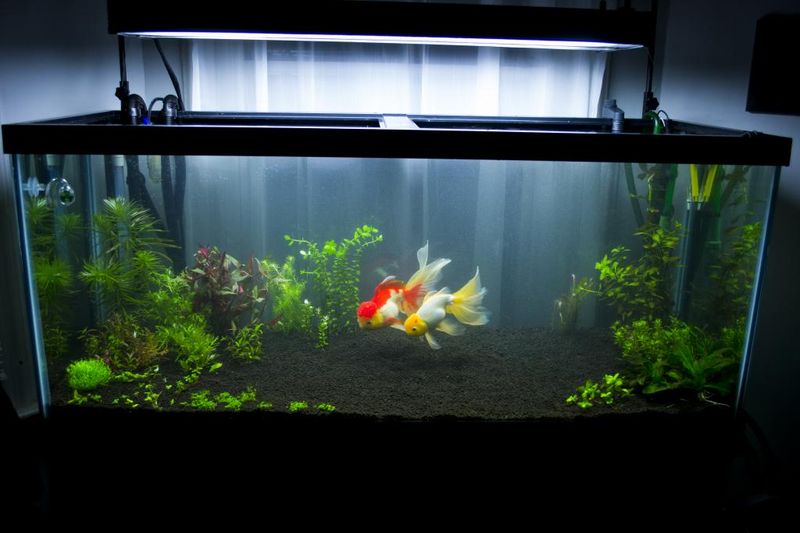
Forget those tiny fishbowls you see in movies! Orandas need at least 20 gallons for a single fish, plus 10 gallons for each additional goldfish friend.
These beauties can grow up to 8 inches long and produce lots of waste. A properly sized tank prevents stunted growth and reduces stress-related illnesses.
2. Gentle Filtration Systems
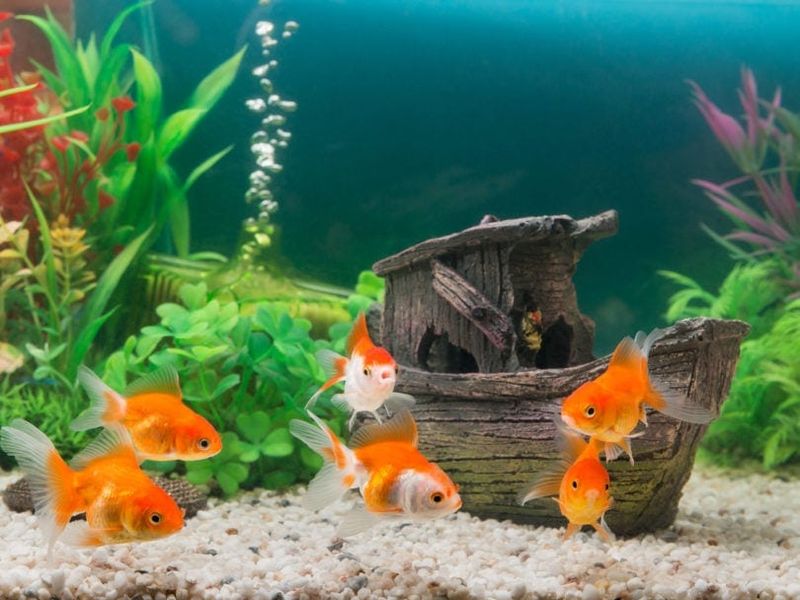
Strong currents exhaust these round-bodied swimmers faster than you’d think. Choose filters with adjustable flow rates to create a calm underwater environment.
Canister filters work wonderfully for goldfish tanks. They provide excellent biological filtration while allowing you to control water movement so your oranda isn’t constantly fighting against a raging current.
3. Water Parameter Perfection
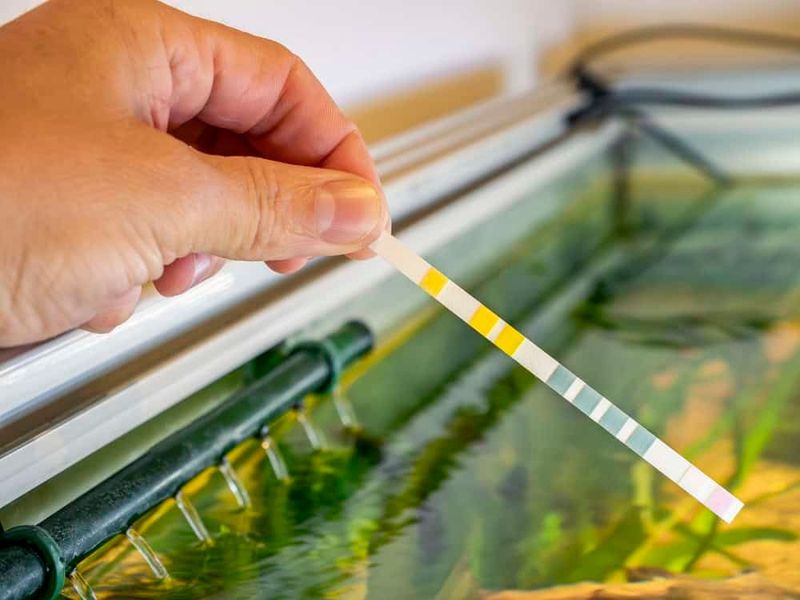
Temperature matters enormously! Keep water between 65-72°F – not tropical, not freezing. Orandas thrive in slightly alkaline conditions with pH between 7.0-7.6.
Weekly testing prevents disaster. Ammonia and nitrite should always read zero, while nitrates should stay below 40ppm. Regular water changes of 25-30% weekly maintain these ideal conditions.
4. Wen Care Challenges
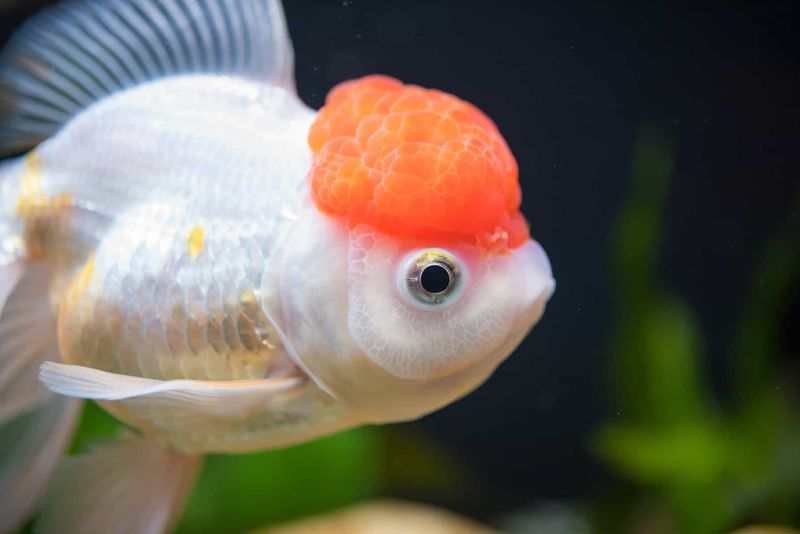
That adorable bubble cap (wen) on your oranda’s head requires special attention! Sharp decorations can tear this delicate tissue, causing infections or permanent damage.
As the wen grows, it might temporarily block vision. Some orandas need occasional “haircuts” from experienced aquarists if the growth becomes problematic. Never attempt this without proper research and guidance.
5. Specialized Feeding Habits
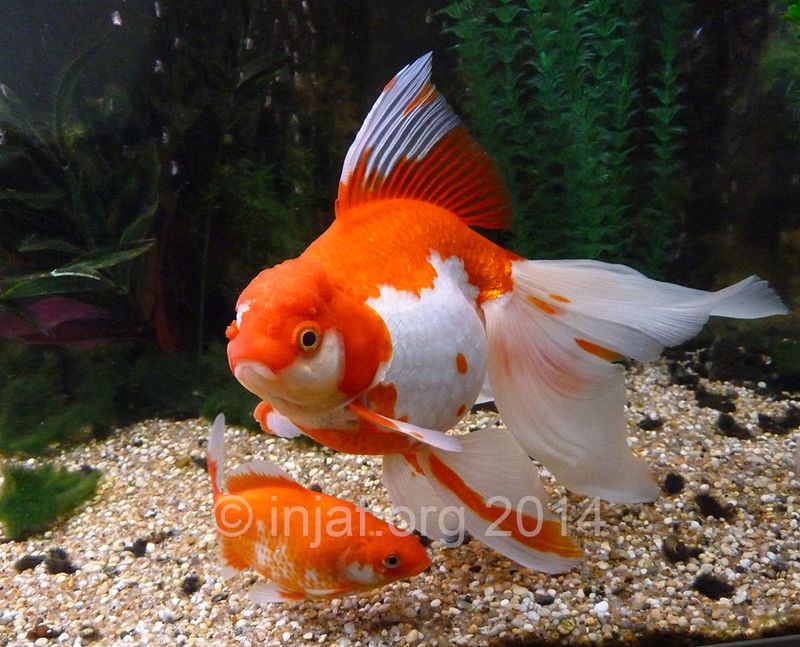
Floating foods can cause swim bladder issues when air is gulped alongside pellets. Soak dry foods before feeding or choose sinking pellets specifically designed for fancy goldfish.
Variety keeps orandas healthy! Supplement with blanched vegetables like peas (great for digestion), zucchini, and leafy greens. Their rounded bodies make them prone to constipation without proper diet management.
6. Substrate Selection Secrets
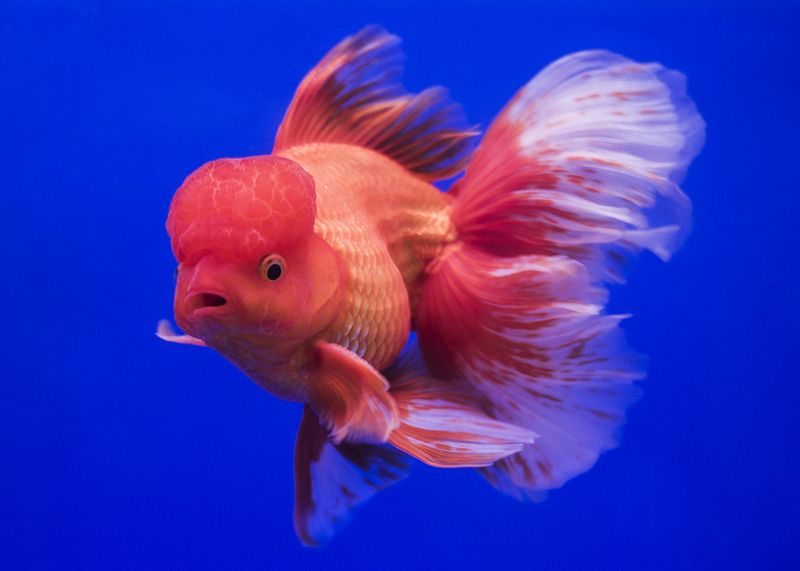
Sand beats gravel hands down for oranda tanks! These bottom-sifting fish love to forage, and small gravel pieces can get stuck in their mouths or damage their delicate fins.
Smooth, rounded river stones make excellent alternatives if sand isn’t your style. Whatever you choose, avoid sharp edges that could harm your oranda’s flowing fins and tender wen.
7. Tank Mate Compatibility
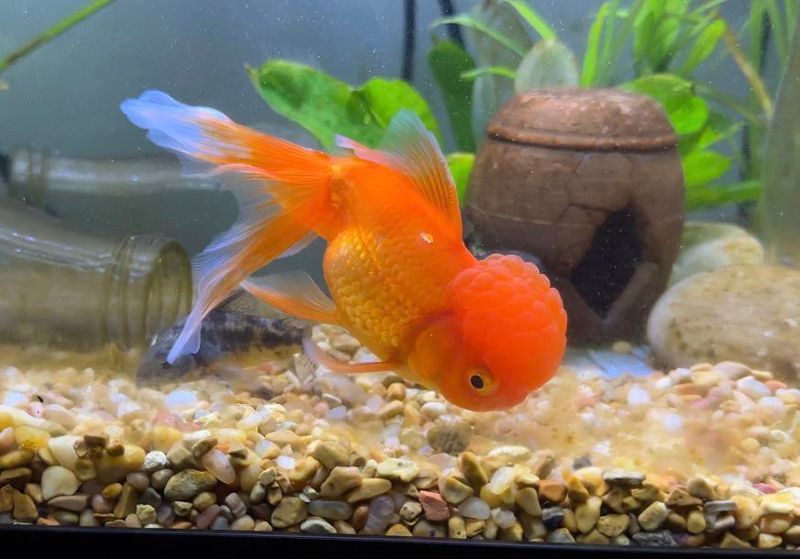
Slow swimmers with fancy fins make terrible companions for nippy, aggressive fish! Stick with other fancy goldfish varieties like ranchus, lionheads, or additional orandas.
Fast goldfish varieties like comets will outcompete your oranda for food. Bottom-dwelling corydoras catfish sometimes work in larger setups, but monitor carefully as temperature preferences differ slightly.
8. Bubble Trouble Prevention
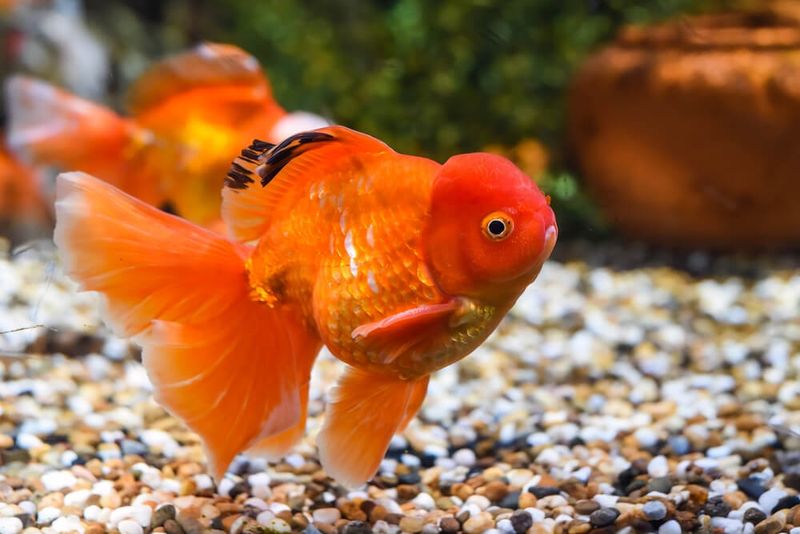
Swim bladder disorder plagues fancy goldfish with their compressed bodies. The telltale sign? A fish floating sideways or upside-down, unable to maintain normal swimming position.
Prevention beats treatment! Feed small portions 2-3 times daily rather than one large meal. Fasting one day weekly helps their digestive system reset and reduces bubble trouble dramatically.
9. Cleaning Without Chemicals
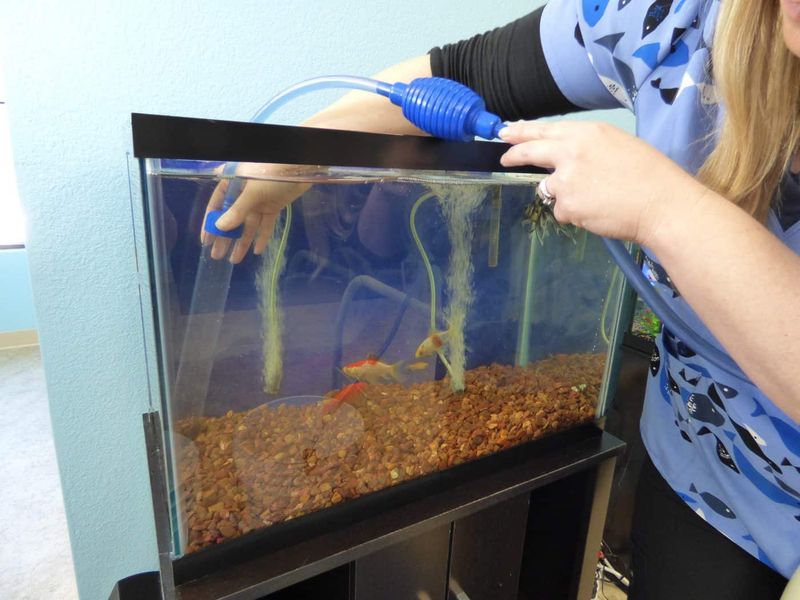
Chemical cleaners spell disaster for sensitive orandas! Even tiny residues from soap on your hands can harm these delicate creatures.
Rinse equipment in hot water only, and dedicate cleaning tools exclusively to your aquarium. When performing water changes, use water conditioner immediately to neutralize chlorine and chloramines that can damage your oranda’s gills.
10. Temperature Stability Matters
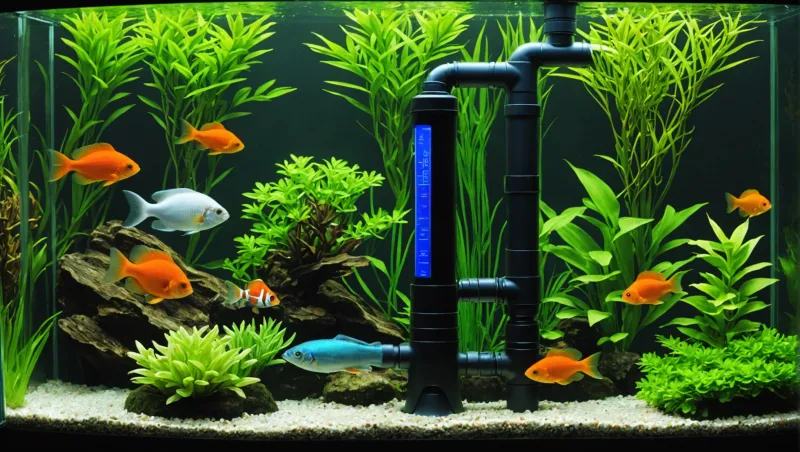
Sudden temperature swings can shock your oranda’s system and trigger illness. Position tanks away from windows, doors, or heating/cooling vents that cause fluctuations.
During water changes, match new water temperature within 2 degrees of the tank. Consider a quality heater set to maintain consistent temperature even if your home experiences day/night temperature variations.
11. Growth Rate Expectations
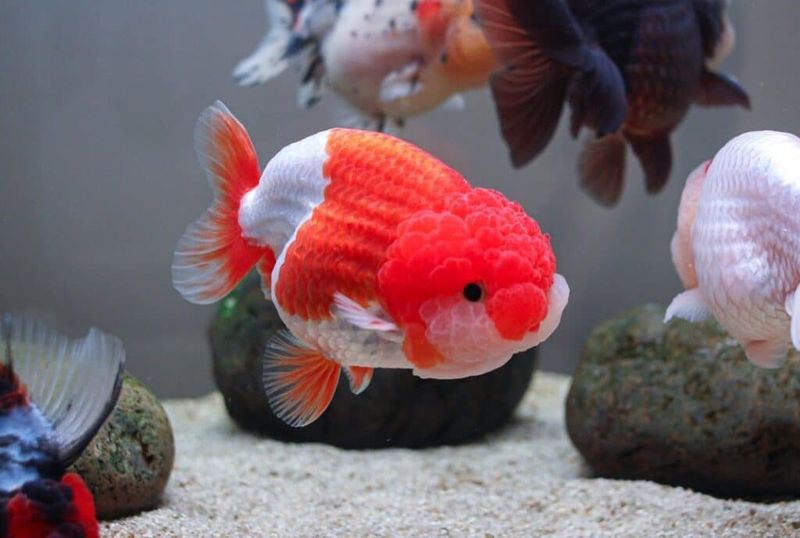
Baby orandas transform dramatically! That tiny fish will likely quadruple in size within two years, developing its characteristic wen gradually as it matures.
Growth depends heavily on water quality, tank size, and diet. Stunting happens when fish are kept in cramped conditions. Plan for your oranda’s adult size from day one to ensure proper development.
12. Plant Compatibility Considerations
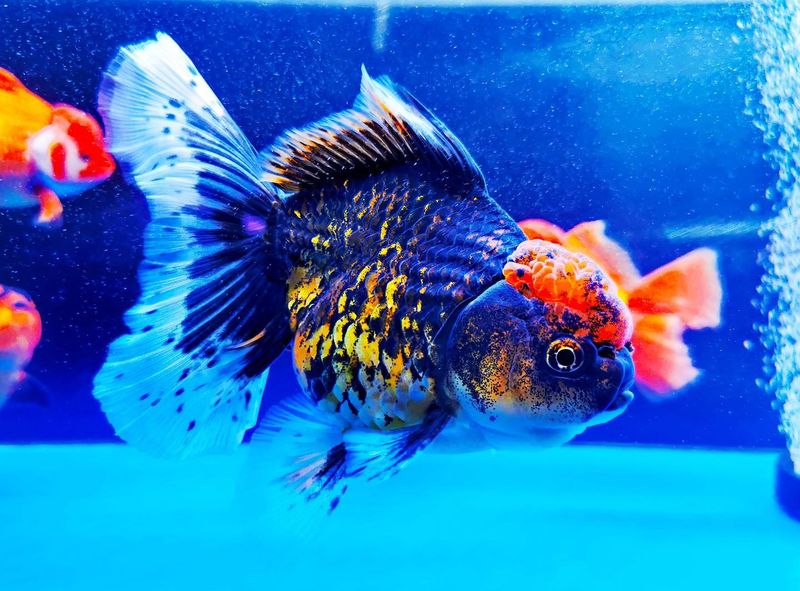
Goldfish are notorious plant destroyers, uprooting and munching tender vegetation with gleeful abandon! Hardy species like Anubias, Java fern, and floating water sprite stand the best chance.
Secure plants to rocks or driftwood rather than planting directly in substrate. Artificial plants provide safe alternatives that won’t become expensive fish snacks while still offering hiding places.
13. Lifespan Commitment Reality
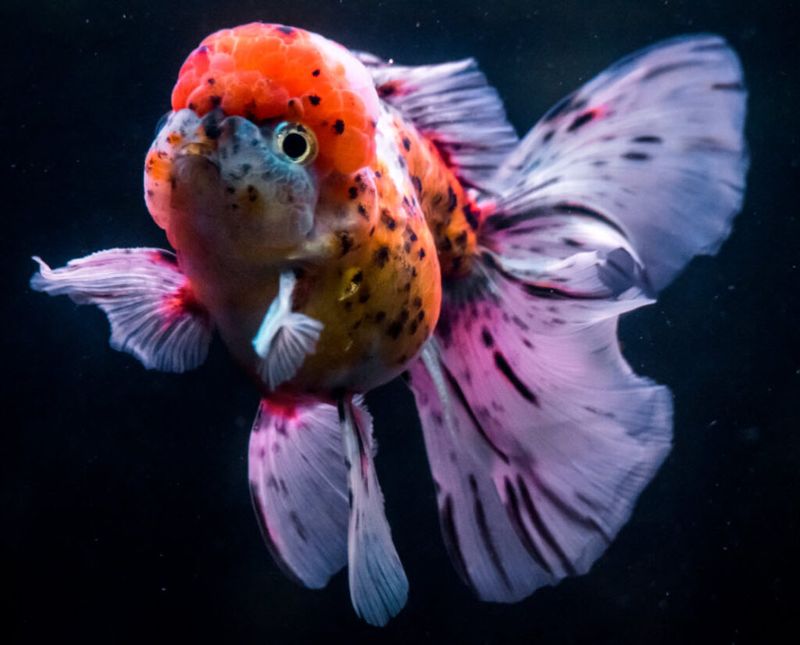
Ready for a decade-plus relationship? Well-cared-for orandas routinely live 10-15 years, with some reaching 20+ years in optimal conditions!
This isn’t a short-term pet commitment. Consider your future plans, including moves or lifestyle changes. These long-lived aquatic companions deserve stability throughout their considerable lifespan.
14. Health Monitoring Vigilance
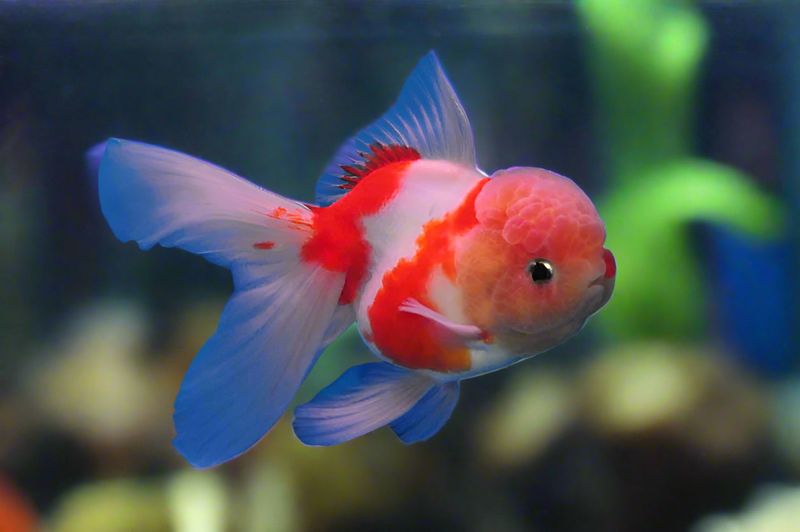
Spotting illness early saves lives! Check your oranda daily for changes in behavior, appetite, or appearance. White spots, red streaks, or cottony growths signal immediate problems requiring attention.
Keep a quarantine tank ready for emergencies. New fish should always spend 2-4 weeks in quarantine before joining your main tank to prevent introducing diseases to established orandas.

